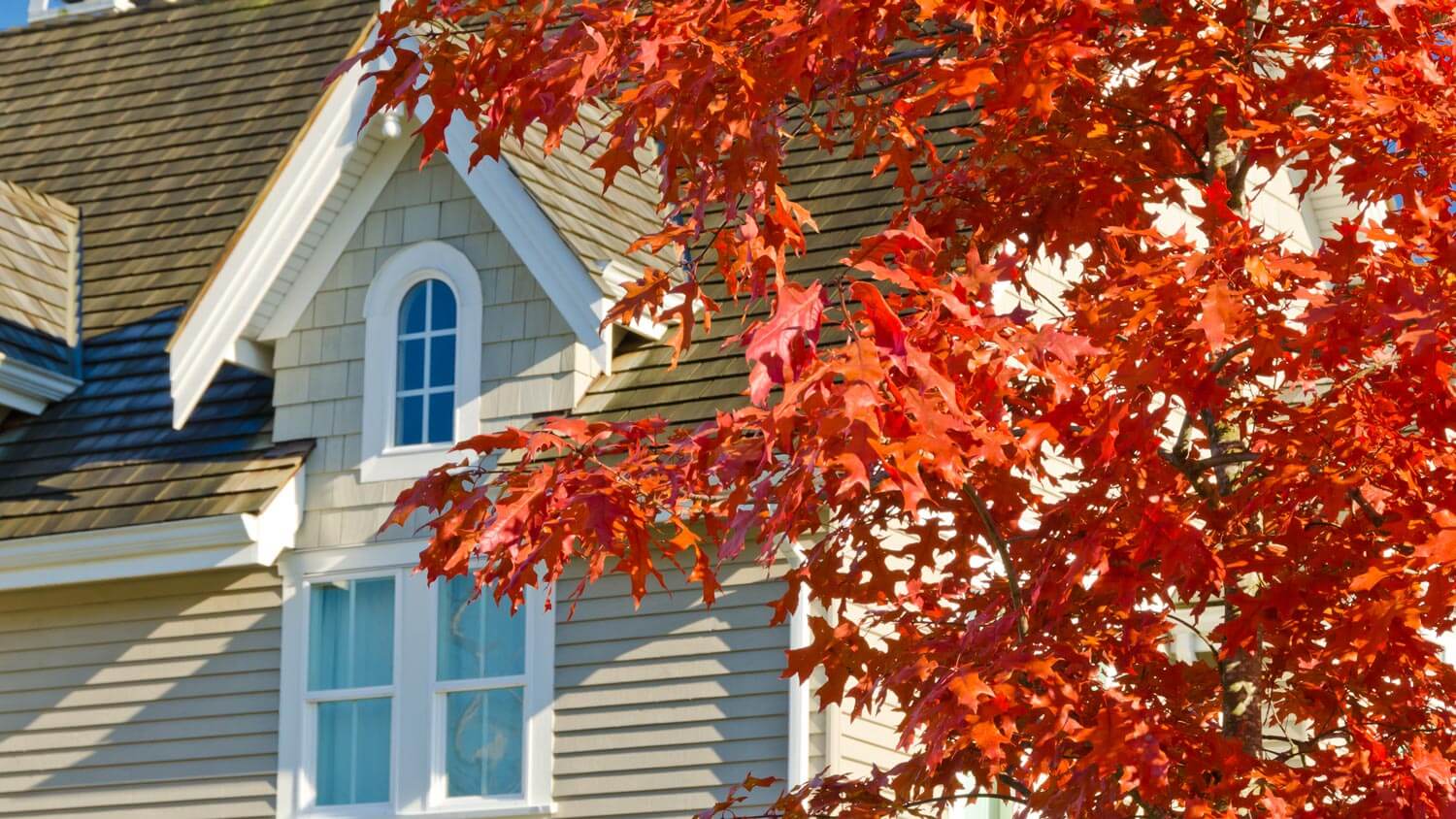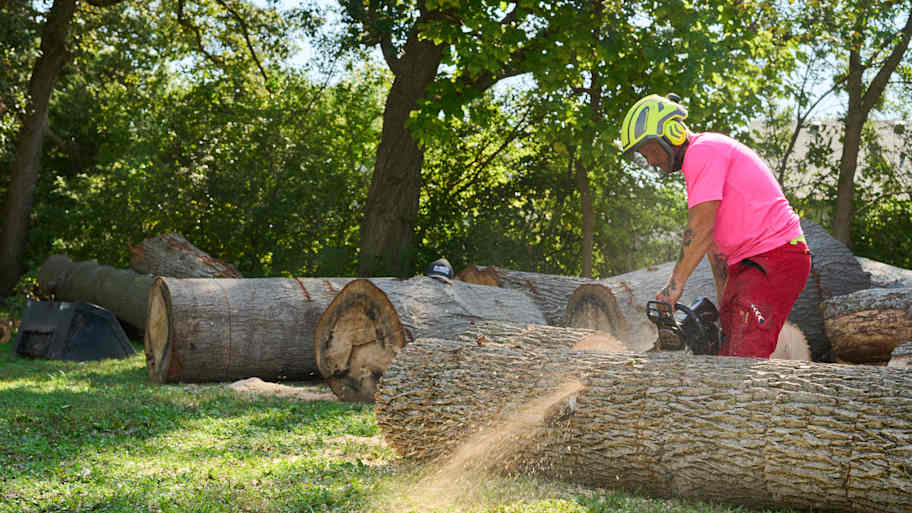
Find out how much it costs to plant a tree based on the number of trees, their size, where you want to plant them, and DIY versus professional costs.
Follow these eight steps if a tree falls on your roof


A fallen tree is one of the scariest things that can happen to a homeowner. While you may feel frozen in uncertainty after howling winds bring down a tree, it's important to get the situation assessed quickly. Here are the steps to take if a tree damages your roof.
If you spot a large fallen branch or an entire tree on your roof, you should react as if it’s an emergency, even if it seems minor. Prioritize your safety by avoiding any live wires and be on the lookout for water leaks in your home caused by the damage. If you smell gas near or in your home, call your local utility company immediately to report a potential gas leak. In that case, you should evacuate everyone from your home and contact your homeowners insurance company to start a claim.
Police and first responders still consider it an emergency even if nobody was hurt. Your town's emergency services department may want to send out a fire crew to assess the situation. They may also want to send a representative from the utility company to ensure that the damage isn't jeopardizing any nearby lines.

If a tree comes down on your roof in a storm, prioritize safety over "fixing." There will be plenty of time to have a pro look at your home to assess the extent of the damage once the weather has cleared.
Never try to climb on the roof to assess tree damage to your roof. You also shouldn't attempt to remove the tree from your roof. First, your roof could be slippery in storm conditions. Windy conditions and low visibility can also put you in danger.
The tree may have compromised the integrity of your roof. That means you'll walk on a potentially unstable structure that could technically collapse with the slightest amount of extra pressure. Don't forget that there's also a risk for additional trees to fall if you're in the middle of wild weather.
It's time to worry about practical considerations once you've confirmed that everyone is safe. Place a call to your insurance agent to let them know what happened. You can also consider taking some pictures from a safe distance while the damage is still fresh.
You may not be able to stay in your home until you have your damaged roof repaired. Be sure to ask your insurance agent about coverage for temporary accommodations. Your plan may even provide a stipend for clothes, toiletries, and essentials if you can't go back into your home to retrieve items.
If you need to evacuate your home temporarily, it's important to let others know that your property is unsafe. Consider putting up some "warning" tape or signage. This is important for protecting visitors and delivery people who might walk up to your door.
Repairs cannot begin on your roof until you have the fallen tree removed. Shop around for local tree removal services to safely remove the tree from your property. Most companies that provide removal also provide stump grinding.
This is also an excellent time to have your yard assessed for any other trees that pose dangers. A landscaping expert can help you use landscaping techniques to prevent tree damage. If your yard is heavily wooded, consider regular tree service.
The final step is finding a local roofing contractor to provide an estimate for roof repair. In some cases, damage from a tree or branch only requires some minor repairs and replacements for shingles. However, you may need to replace your entire roof.
From average costs to expert advice, get all the answers you need to get your job done.

Find out how much it costs to plant a tree based on the number of trees, their size, where you want to plant them, and DIY versus professional costs.

The cost of tree stump removal depends on size, removal method, location, and more. Our guide will show you how much stump removal costs.

The cost to remove palm trees depends on several factors, including their size, location, and more. Our guide shows the average palm tree removal costs.

Follow these tips to learn how to find a good tree removal service. Doing a little research can help you save time and money when you need to say goodbye to your trees.

Grinding a tree stump requires a chainsaw, heavy-duty equipment, and a strategy for cleaning up debris. Keep reading to learn how to use a stump grinder.

The upkeep and care for your trees should sometimes be left to a professional. Learn all the reasons why so you know when to call an arborist.